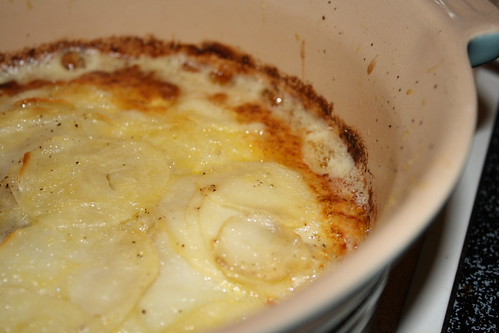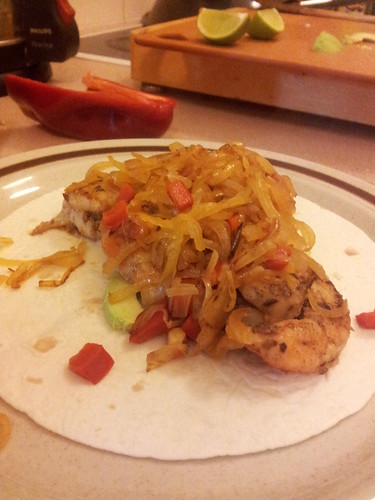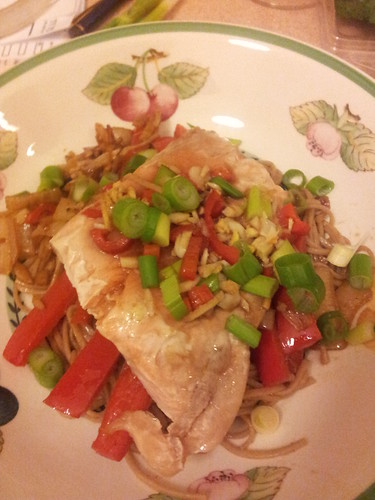We have a big bag of potatoes lurking in a cupboard. This always happens. I spot the potatoes at a cheap price, buy them and then we hide them in a cupboard and wonder what to do with them.
As we currently have eight Dutch Cream potato plants turning into triffids in our garden, it’s time to do some long overdue potato experimenting.
Potatoes Dauphinoise (or pommes dauphinoise, or pommes de terre à la dauphinoise or dauphinoise potatoes) is hardly experimental but I suspect that it’s the type of dish that most people eat at a restaurant rather than at home.
It’s NOT health food: this is sometimes food, not every day food. But because it survives reheating excellently, it’s ideal when you’re cooking a roast or short on oven space. You can 95% cook the potatoes in advance and return them to the empty oven to reheat while the meat is resting. This makes timing a roast a LOT easier than if you try to do roast potatoes. Of course, the left overs are also top notch!
While this is a very basic, store cupboard recipe, a word of advice. A mandoline is essential. Unless you have super sharp knives, the patience of a saint and some really mad cutting skills.
This recipe also scales very easily. You just need to adjust the cooking time – the potatoes are done with a knife slides in easily.
Ingredients
- 2 large potatoes, peeled and finely sliced (with a mandoline)
- softened butter
- 1 clove of garlic, crushed
- freshly ground black pepper
- parmesan cheese
- approximately 150mL pure cream
Instructions
- Preheat the oven to 200°C (180°C fan).
- Grease a baking dish well and then rub the clove of garlic around the dish.
- Layer the potatoes in the dish. This doesn't have to be perfect: rough layers will do fine. In between layers, sprinkle with black pepper and add three or four dobs of garlic.
- Finish with a layer of potatoes. Pour over the cream. If it very thick pure cream it might be too thick for pouring, in which case just spread it across the potatoes as evenly as possible.
- Grate over a generous amount of parmesan cheese. Cover and bake in the hot oven for around 30 minutes. The potatoes are done when a knife slides in and out easily.
- To get some colour on the top, finish or reheat uncovered.



